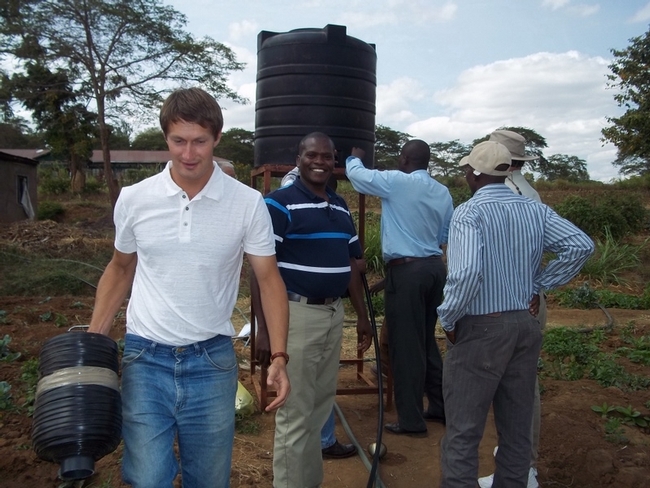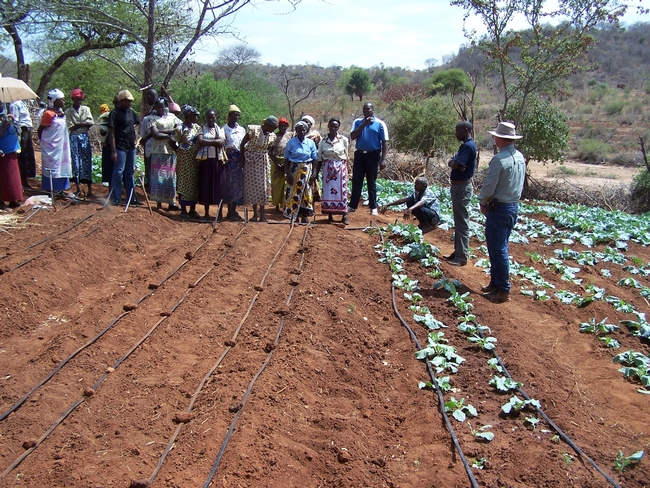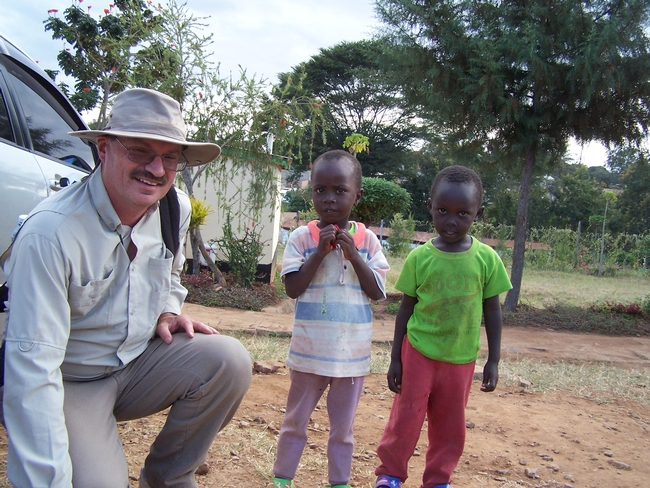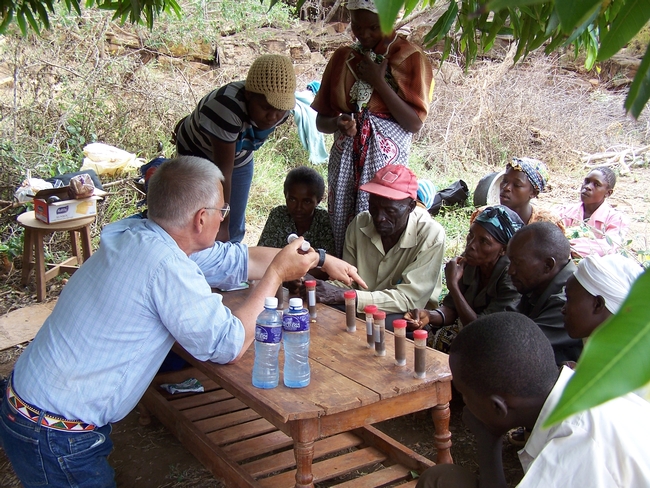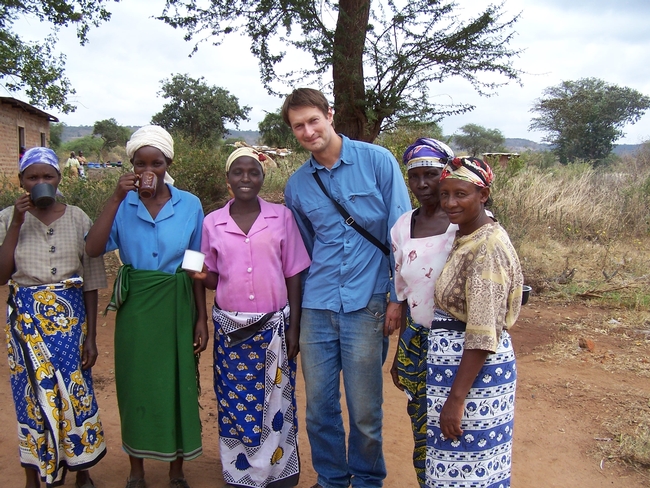
Posts Tagged: vegetable production
Apium virus Y on celery in coastal California
California farms produce 93% of the celery grown in the United States. The crop thrives in coastal California’s moderate climate. Celery is an important crop in Ventura County with 40% of the state’s acreage farmed here. Valued at over $182 million, it was the second most profitable crop for Ventura County agricultural producers in 2010, which are the most recent statistics available.
Most celery in the field is planted as transplants. Transplants are typically grown under high humidity and high plant density conditions and are subject to seedborne pathogens. The most significant being Septoria apiicola (the causal agent of Septoria late blight) and Pseudomonas syringae pv. apii (the causal agent of bacterial blight). These diseases can be carried from the transplants into the field. As the plants mature, these diseases can cause plants to become unmarketable at a great loss to the growers.
UCCE’s Oleg Daugovish and collaborators researched these pathogens and how to best reduce disease and loss in the field. Over four years, the researchers documented that: seed, seedlings, weeds located in or near fields that harbor the virus can cause the disease in celery. This disease is likely transmitted by aphids, vectoring the virus.
The studies provided practices growers can use to manage this disease. Findings indicated that growers can control the pathogens by managing poison hemlock weed populations, controlling aphids, and planting celery cultivars that are not susceptible to the pathogens.
The interpretive and technical summaries of the research report can be viewed on this page of the USDA’s Agricultural Research Service. The full text can be accessed through the American Phytopathological Society, or at the UCCE office in Ventura County.
Cover Cropping for Vegetable Production
The University of California Agriculture and Natural Resources Division (UC ANR) has recently released a new priced publication, Cover Cropping for Vegetable Production: A Grower’s Handbook.
Written by a collaborative of UC researchers, including Ventura County Farm Advisor Oleg Daugovish this handbook brings together the expertise of many.
Topics include:
- Introduction of cover crops for vegetables and their uses
- Botany and species selection
- Agricultural soil ecology
- Water management and impacts on water quality
- Soil nitrogen fertility management
- Weeds
- Soilborne pathogens
- Plant and soil nematodes
- Arthropods
- Cover crop management
- Economics
We currently have a few copies for sale in the office, or you may purchase online. If purchasing online, please use promo code PRVEN56 to receive 10% off your order.
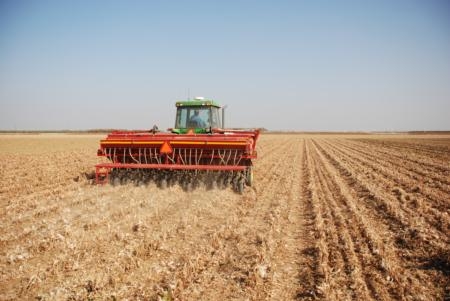
Companion Planting
Companion planting, or intercropping, can create improved biodiversity in agroecosystems. The concepts of companion planting can be used in home gardens or in commercial agriculture.
Beneficial plant associations can provide many positive interactions in the field or garden. They include:
- Trap cropping
- Symbiotic nitrogen fixation
- Biochemical pest suppression
- Physical spatial interactions
- Nurse cropping
- Beneficial habitats
- Security through diversity
To learn more about companion planting, mixed intercropping, or strip intercropping, please see Companion Planting: Basic Concepts & Resources. Digital versions of this publication are free from ATTRA (Appropriate Technology Transfer for Rural Areas). ATTRA is the national sustainable agriculture information center funded by the USDA’s Rural Business – Cooperative Service.

Mustards planted next to strawberries to encourage natural enemies in Ventura County. Photo by Jack Kelly Clark.
Kituti region project
In June of this year, three University of California scientists went to the Kitui District of Kenya on a USAID mission.
Food and water scarcity are simply a part of life for most in this region. Since 1992 the Sahelian Solution Foundation (SASOL) has been constructing dams and working with Kitui communities to address water scarcity and issues of community development and agricultural production.
Agricultural production in Kenya is full of challenges. Water is carried by hand from wells or dams for household and agricultural needs. Previous to this mission crops were watered inefficiently by flooding small basins. Nitrogen tests in some locations revealed levels at which most vegetable crops would be nitrogen deficient. Some of the villages have no road access.
UC’s Steve Fennimore, Jeff Mitchell, and Oleg Daugovish went to help SASOL and the people they serve make better use of their resources.
They met with village leaders and SASOL personnel in Kitui. Here they provided training and demonstrations covering topics including:
- Demonstrations of gravity-flow drip irrigation systems from water tanks to individual beds with irrigation lines
- Discussed use of mulches on soil to minimize evaporation and enhance soil conservation
- Solarization, nursery for transplants, diseases and insects, training tomato plants and culture
- Soil types, determination of soil moisture, quick nitrogen test, use of cover crops and mulches
- Water quality (pH, hardness, salts), organic fertilizers, collection and use of urine as a rapidly available nitrogen source.
Later the information was shared in the Maito village, where onions, green kale and green grams (Phasleolus aureus) are grown. The next day found the group in the Kituvwi village, where due to poor crop production meals are currently limited to once a day. The following day was spent in the Kathayoni village. Farmers in the Kathayoni village grow kale, onions and tomatoes.
SASOL will continue the training for members in villages not reached during this visit.
The majority of farmers in the Kitui District are women. Information was well received in all locations and many questions were asked. At each village the scientists were fed a stew of corns and beans, supplemented by avocado slices or bread, with tea and milk to drink.
The last day time was spent at the South East University College. Potential for agricultural experimentation and greenhouses was discussed, and UC scientists gave a seminar about UCCE function and on anaerobic soil-borne pest control.
